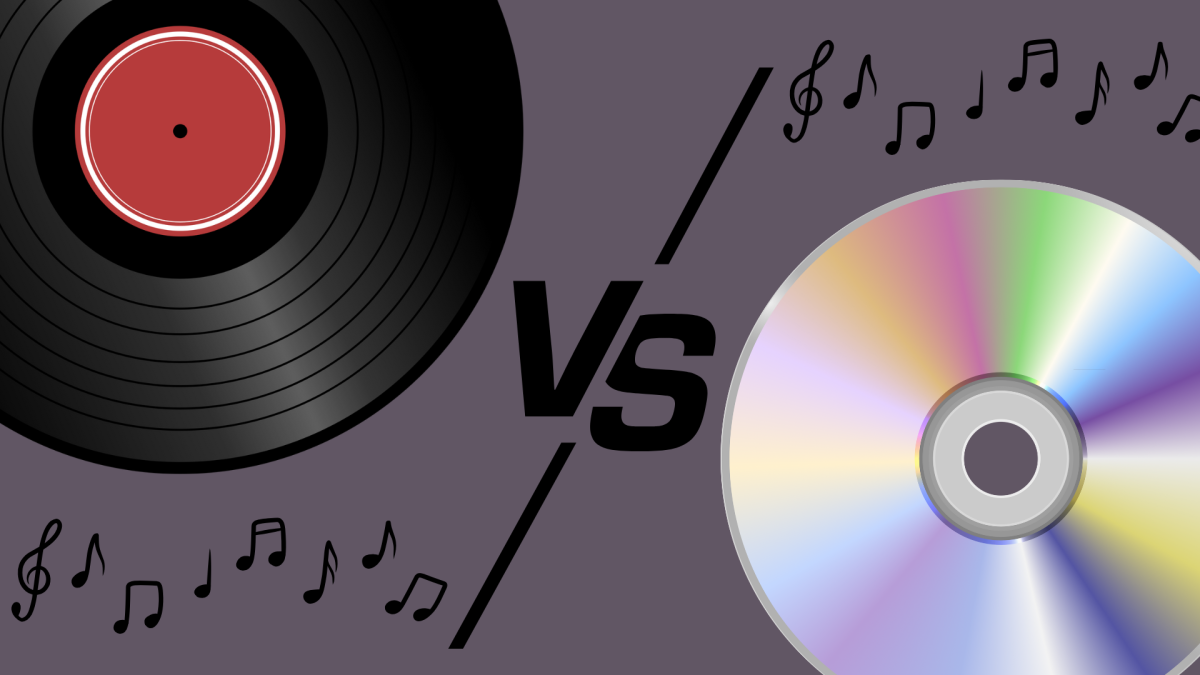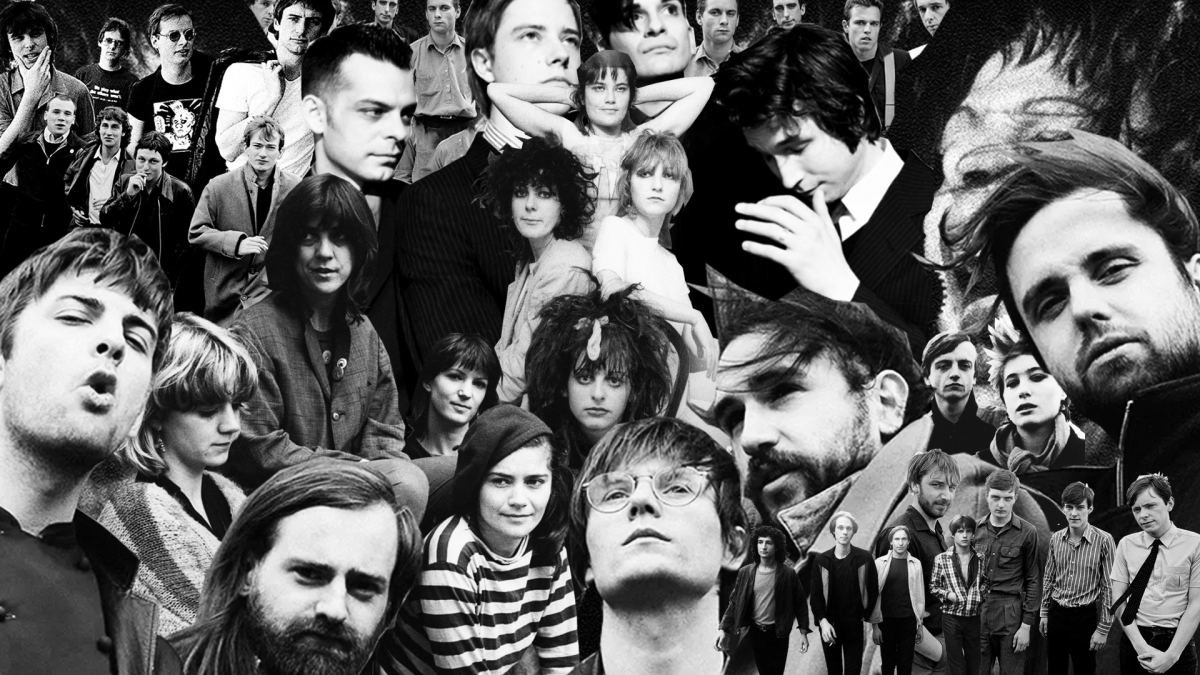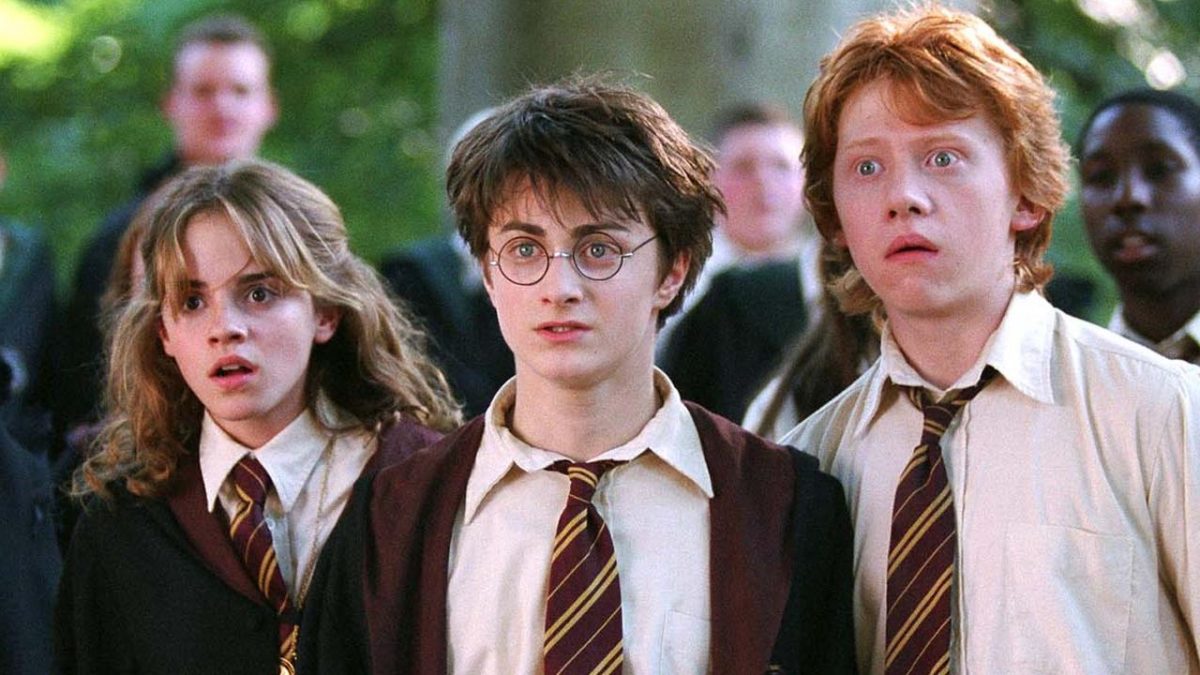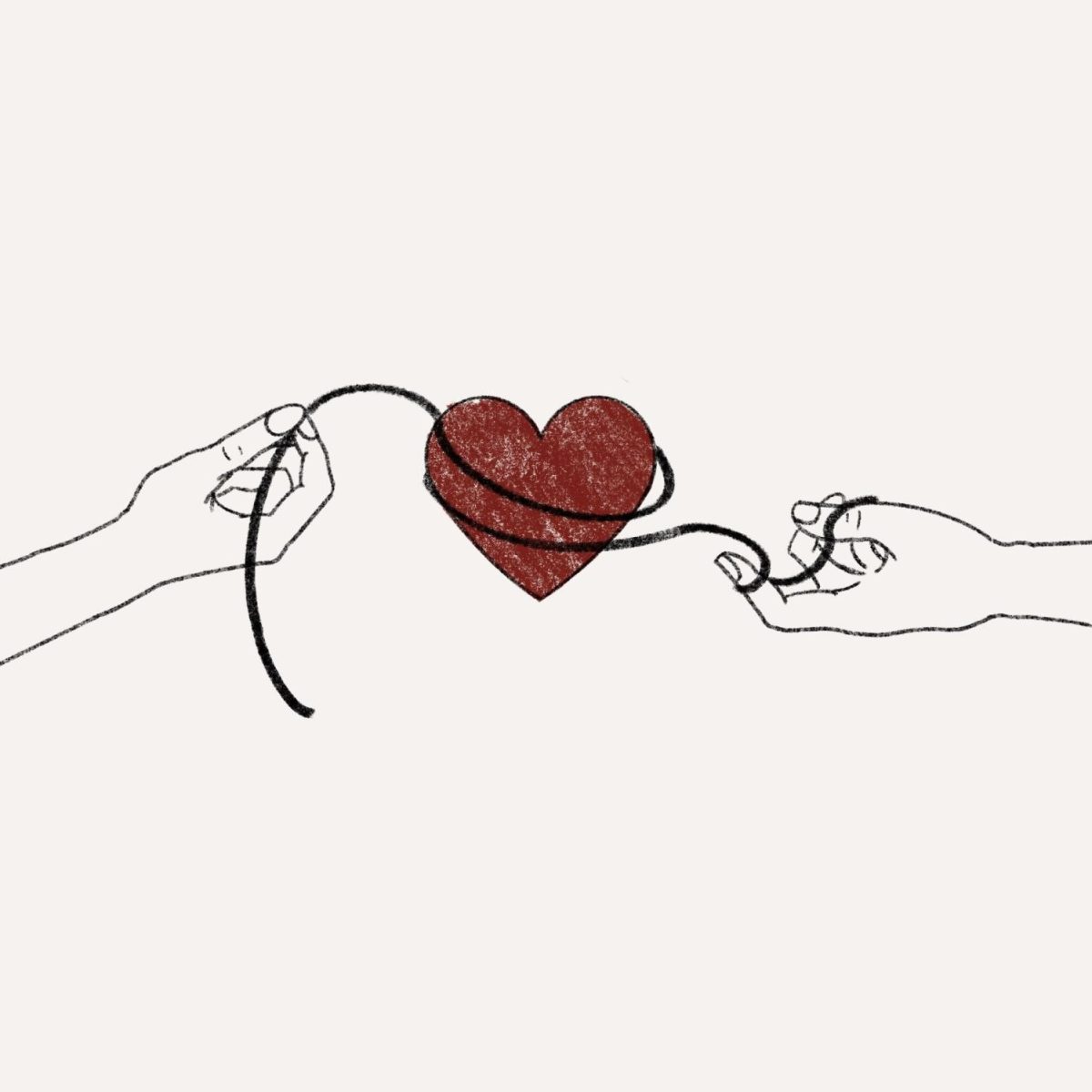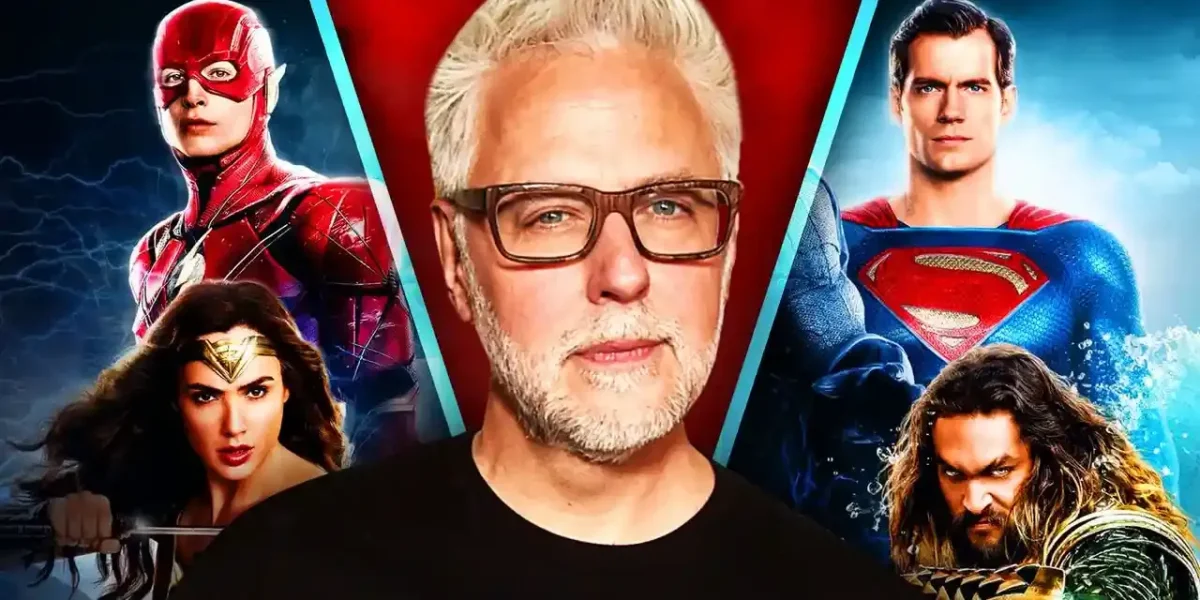After years of newer movies and additions to the original franchise, the instantly recognizable Harry Potter series returned to theaters. Throughout the first week of September, “Harry Potter and the Deathly Hallows” played on the big screen. Many fans showed their excitement to rewatch the two-part finale of this incredibly successful series while reliving the theater experience.
“I really like it whenever they do re-releases in theaters because there’s a lot of movies that they do releases [of] that I didn’t get the chance to see in theaters, that I had to wait until they came out,” senior Ciel Potter said. “I’m actually really excited, even though I doubt that I’ll get the chance to go see it. I’m glad they’re doing it.”
The amount of people influenced by the Harry Potter series is staggering, with 120 million copies of the first book being sold since its publication over 20 years ago. One of the many reasons the series saw such high fame is because of the amount of people who connected with the series and its characters. An aspect of the story that people fostered an especially strong connection with is the Hogwarts houses, as people with similar personality traits may be a part of the same house, which gave many fans of the series a sense of inclusion and familiarity from others.
“I like that there are specific places where you can find yourself with people who are similar to you, but also I feel like you shouldn’t just be put into one spot,” Potter said. “There are a lot of similarities between houses, where it’s very fine lines that separate them.”
These discrepancies do not stop the interest many people have in sorting themselves into Hogwarts houses, which is why many quizzes and memorabilia exist on the subject. Throughout every book and movie are themes of finding a chosen family, which is best represented by the development of the main characters: Harry, Hermione and Ron. Fans of this series may relate to these themes of close friendships, and finding others who enjoy the series lets people fulfill those dreams. In addition, the development of the characters’ and movies’ maturity throughout the years reflects the maturity of the original audience of the series as they developed into adulthood.
“The first book is very childlike, but by the time you get to the end when they’re leaving high school, it’s a lot more adult,” Theory of Knowledge teacher Donna Sewell said. “ I guess what I identified with was just that we all go through these stages of maturity and heartbreak and loss of innocence as we’re growing up.”
The Harry Potter series reflects the sense of maturity that its audience experiences, allowing viewers to see themselves in the characters and their choices. The development of the narrative over time reflects the audience who originally watched the series and who grew up alongside it. Even minor characters and antagonists, such as Draco Malfoy, had a role in influencing parts of the audience.
“[Draco Malfoy] was misunderstood in a lot of the show, but it allows kids that haven’t grown up in a great household [to know] that even though you might not have the greatest surroundings, you can still overcome that,” Rosine Kelly said.
There are many smaller details within the Harry Potter series that people can still resonate with or find refuge in. This is in direct opposition to the stigma around the author, J.K. Rowling, who became less popular in recent years. Her lack of inclusivity created controversy about whether the Harry Potter Series is worth supporting, despite the connections it fosters within people.
“I understand that if you are enjoying the story, that means you are paying the author for your story; you are encouraging her in terms of what she believes [in],” Kelly said, “I don’t agree with anything that she said, but I do believe that because it’s such a genius story, it deserves credit regardless of the person who put it there.”




